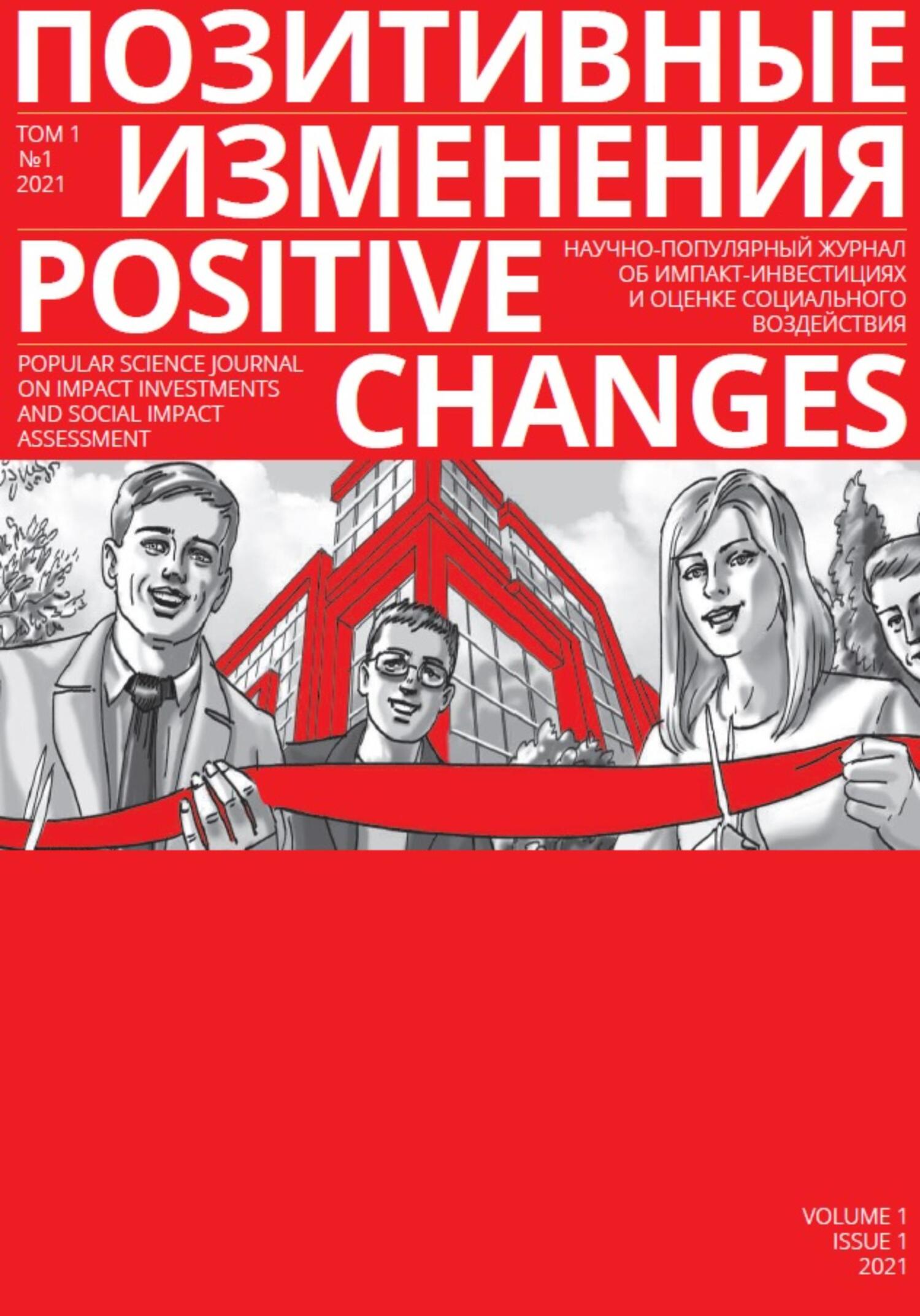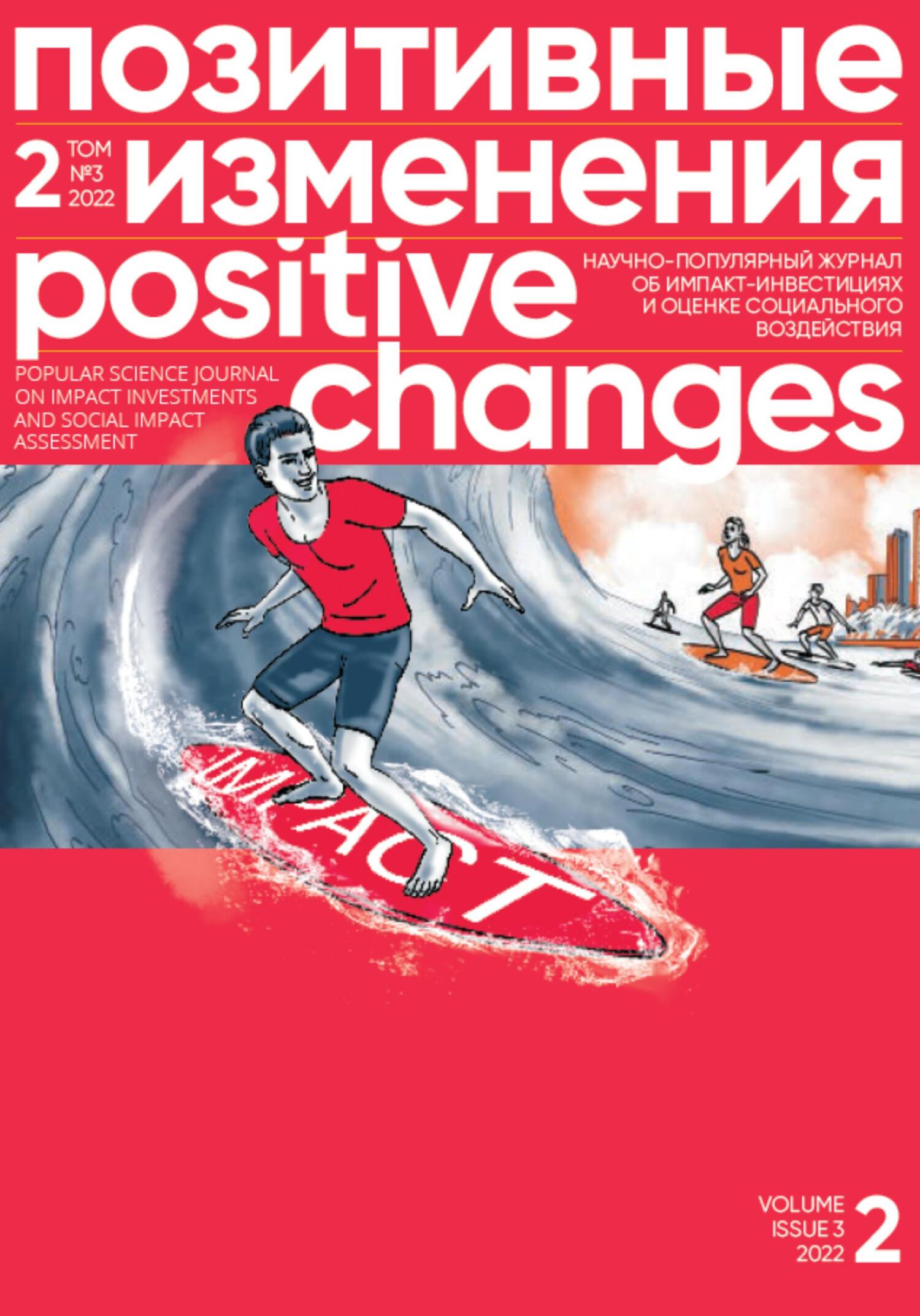class="p1">Figure 1.
Distribution of answers regarding place of residence, %
Evaluate your financial status at the moment
Figure 2. Distribution of answers regarding financial status, %
Table 2. A list of goods purchased for the last 3 years
Table 3. The degree of respondents’ consent with judgments about participation in the project
Have you worked somewhere when you started participate in the project?
Figure 3. Distribution of answers regarding of employment at the start of participation in the project, %
Could you save some amounts after monthly mandatory payments (utilities, mortgages, loans, etc.)?
Figure 4. Distribution of answers regarding savings in the family, %
Table 4. A list of things done that was completed when implementing the project
The purpose of the study was to investigate how the project affected its graduates’ lives. The study was divided into three blocks: the compilation of a socio-demographic profile of the project graduate, the determination of the psychological and economic status of the families of the participants at the start of the project, the assessment of the social impact on the charity recipients’ lives by fixing changes in the psychological atmosphere and economic situation.
PROFILE OF THE PROJECT CHARITY RECIPIENTS
As noted above, the project target audience includes unemployed women over 50 years old, mothers of disabled children, mothers of many children. The survey showed that the average age of the participants is 47.7 years, most of them are married, official and unofficial (65 %), and live in their own apartment or private house (64.5 %).
To what extent do you think participation in the project impacted the family economic status as a whole?
Figure 5. Distribution of answers regarding evaluation the impact of the project as a whole on the family economic status, %
How much the overall psychological atmosphere in the family where you live has changed at the end of the project?
Figure 6. Distribution of answers regarding evaluation the impact of the project as a whole on the psychological atmosphere, %
The family relationship index
Figure 7. Distribution of answers regarding evaluation the project impact on family relations with each member, %
Index of change in subjective well-being
Figure 8. Distribution of answers regarding evaluation of subjective well-being in general, %
As a rule, female participants live with other relatives, every second has children under 18 years old, and every fifth has a disabled child. The vast majority of project participants are women with higher education (79 %), but despite this, more than a third of the participants have financial problems: they do not have enough money to buy clothes, and some find it difficult to cover even daily expenses.
Under very limited budgets, women who participate in the project often resort to loans to buy certain goods (29.6 % of respondents). In this sense, statistically there is a direct relationship between the economic status of the family and the decision to purchase on credit: the study found that the part of the respondents who do not have serious material difficulties is less likely to resort to such a financial instrument as lending, or other forms of monetary loans. Nevertheless, again we draw attention to the fact that the participants in their majority have their own real estate for living or have the opportunity to live with relatives, pay for a mortgage or rent — 19 % of respondents. Thus, the purchase of real estate is practically excluded from the structure of the participants’ expenses; the main monetary expenses are made to buy clothes and goods cheaper than 50 thousand rubles. As the study suggests, many categories of purchases are generally not relevant, since they were probably already purchased a long time ago (spending on different categories of goods was set with a restriction in the last 3 years). These can be an apartment, a cottage, a car, a furniture set, etc.
PSYCHOLOGICAL AND ECONOMIC STATUS OF THE PARTICIPANTS AT THE START OF THE PROJECT
To be able to assess the social impact of the project, the economic and psychological status of the participants at the start of the project was recorded. A little more than a third of respondents at the time of the start of participation in the project had a main job, and sometimes an additional part-time job. The subgroup of unemployed participants is larger — 63 %, among which 15 % of the total number of respondents are caring for a sick child.
In some measure, this determines the picture that we saw in terms of saving practice. 41 % of women surveyed indicated that they could not save money, as they “live from hand to mouth.” Only 18 % can significantly save — to buy clothes, shoes, and trip.
OVERALL EVALUATION THE EXPERIENCE OF PARTICIPATION IN THE PROJECT
To understand how participants generally evaluate their participation in the Manufacture project, respondents were asked to rate their judgment on a 5-point scale on the degree of their agreement with them. The vast majority (96 % of «4» and «5» ratings) believe that they did not waste time, and almost the same number (91 %) agreed that their participation in the project was productive and useful. A little more than half of the respondents (53 %) express their intention to engage in the manufacture of toys, and 65 % positively assessed the idea of the project and its implementation.
Also, the absolute majority (92 %) in the learning process was able to produce several toys, but much less went to the next level of product implementation. Thus, a third of respondents (32 %) created their page in social networks for the sale of toys, and every















